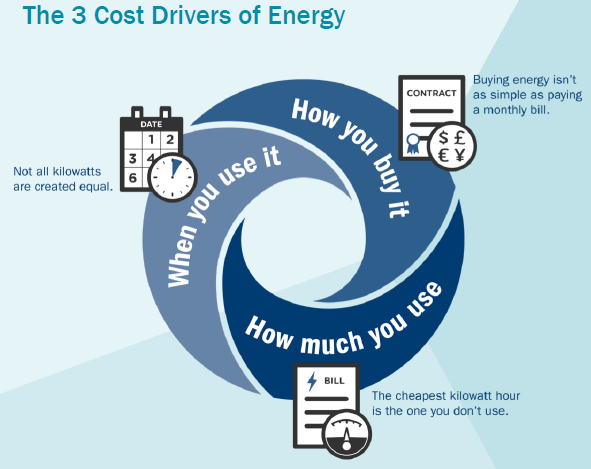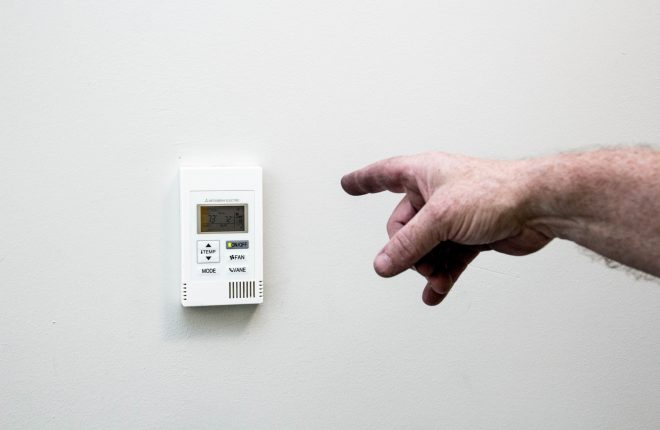Blog by Anya Gilroy, Energy Analysis Intern
Summers in Philadelphia can be hot, and summer 2017 is no exception. With all of our air conditioners running, the summertime is generally when the most electricity is used. In response, people around the world have been turning to something called electricity load management: a strategy that turns this problem into an opportunity to encourage efficiency and create savings.
You may know that energy prices are related to how the energy is purchased and how much of it is used. What might not be as well known, is that energy prices are also tied to timing. On days that are hot and humid, energy demand is high, and this leads to higher prices.

Load management programs recognize these high-demand and high-price days and recommend that large facilities such as schools and hospitals reduce their electricity consumption on those days. This translates into benefits for facilities as well as benefits for the overall electricity grid, which in Philadelphia is operated by PJM. Furthermore, load management supports sustainability in Philadelphia by promoting Greenworks Vision 3: all Philadelphians efficiently use clean energy that they can afford.
Thanks to load management, the City saved $208,000 annually for 2017-2018.
One of the main benefits of this program is that facilities can reduce their consumption and therefore their costs. These cost savings are seen for two reasons:
1) A portion of billing is established based on customers highest demand
2) Energy is most expensive when demand is highest
In addition, if electricity generators aren’t able to generate enough electricity on days with high demand, costs escalate and the possibility of a blackout increases. These situations typically trigger emergency Demand Response days, where consumers who participate in the program are asked to significantly reduce their demand.
Load management/demand response in action today in Mid-Atlantic! Helped #PJM manage power supplies in the high heat.
— PJM Interconnection (@pjminterconnect) July 22, 2011
During the polar vortex a few years ago, for example, generators that were supposed to be available were not and other sources of power had to be found to respond to the demand. This caused prices to skyrocket. If larger facilities can manage their use during times of high demand, the risk of blackouts is reduced as well as the need to purchase costly electricity.
Load management is also great for sustainability in Philadelphia. Not only does it reduce energy usage and provide stability to the grid, but it also avoids using high-emission energy generation. When demand is high, additional power plants need to be brought online to meet that demand. Therefore, this program helps to make sure that those power plants stay offline, and even more so, it helps ensure that new ones don’t need to be built.
To read more about the Greenworks Visions and how programs such as load management work to improve sustainability in Philadelphia, check out our latest Greenworks report.

